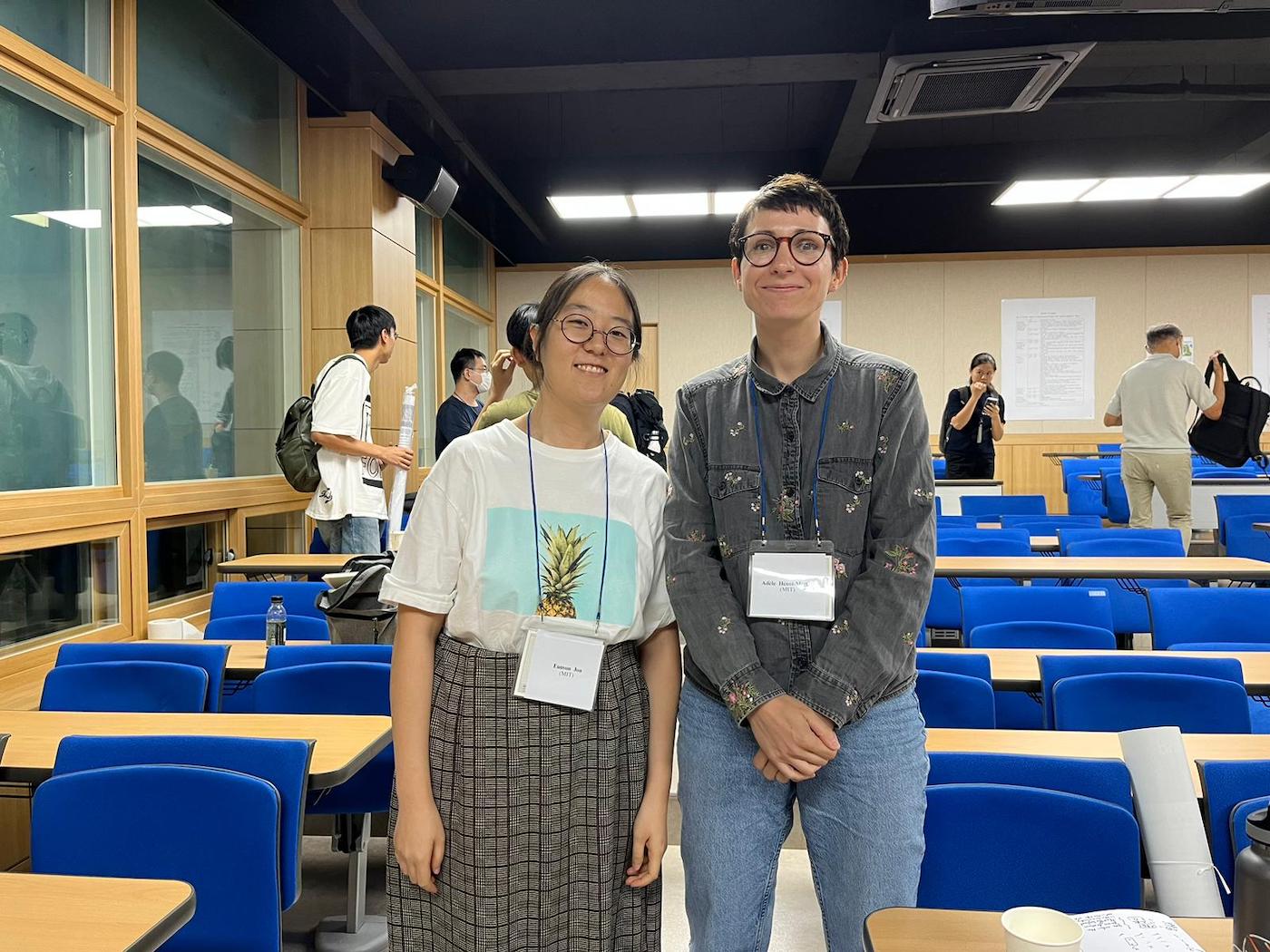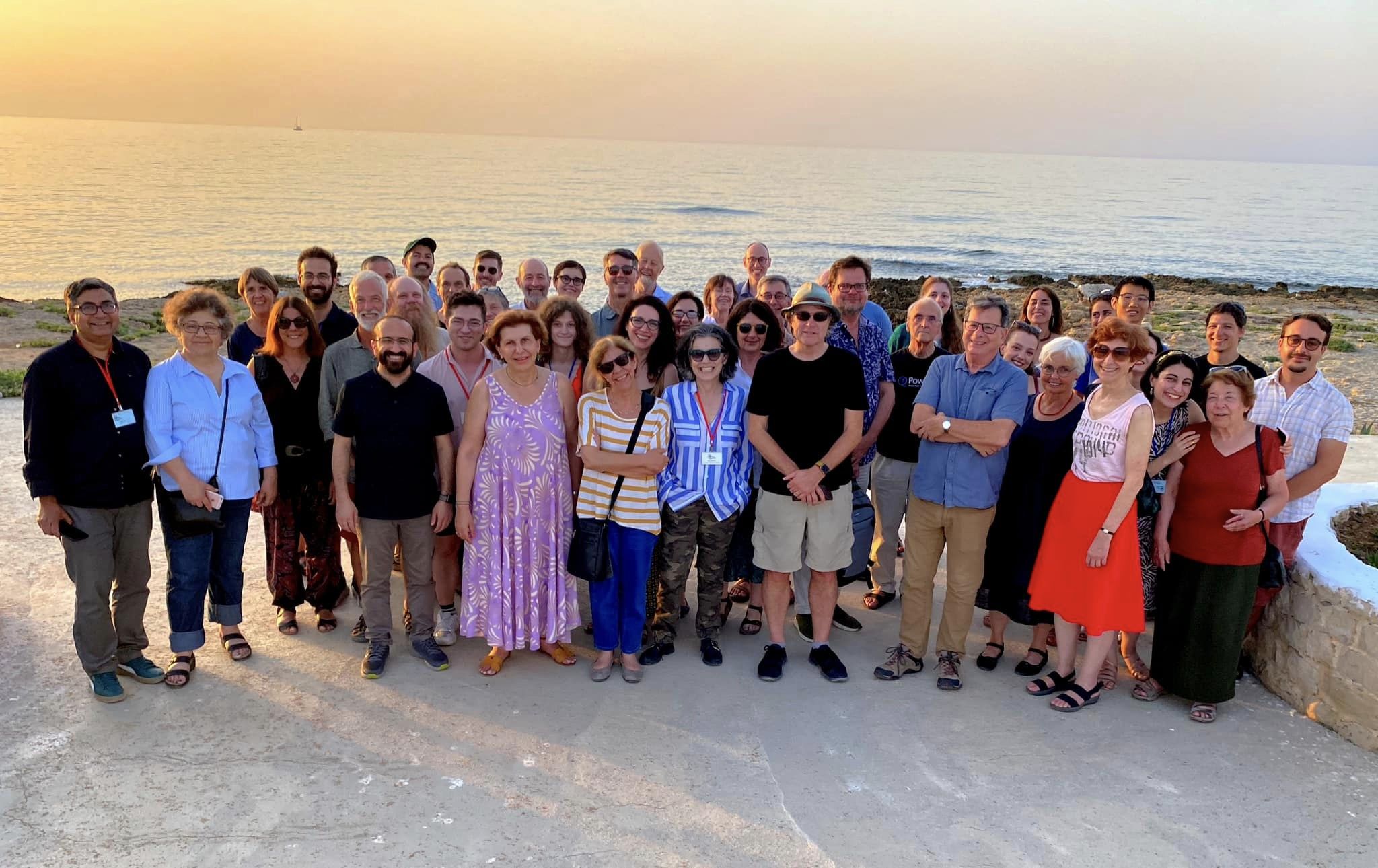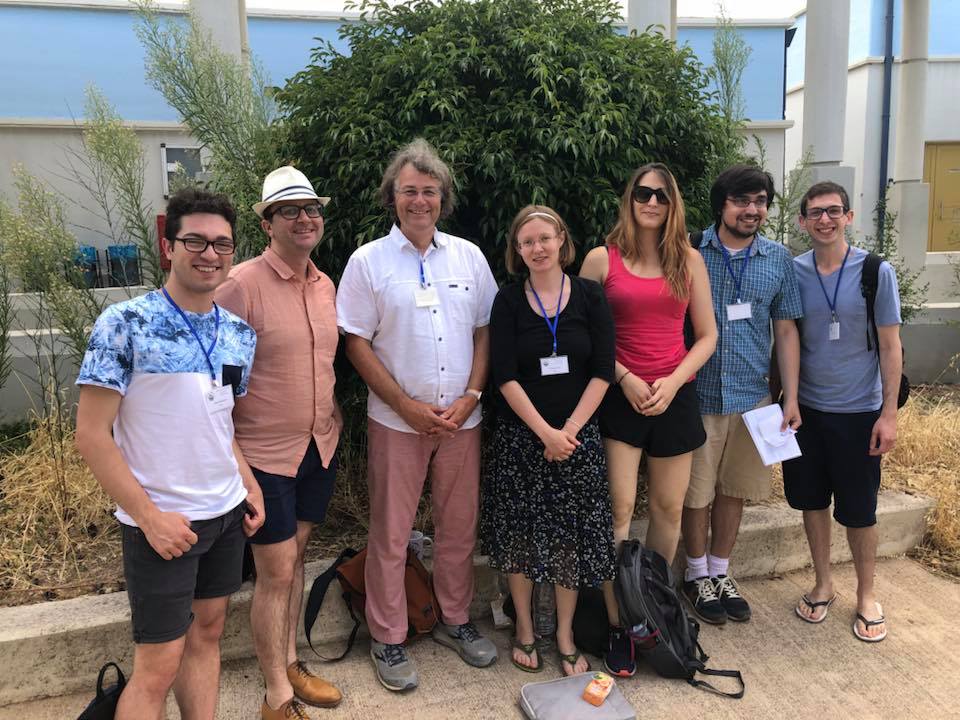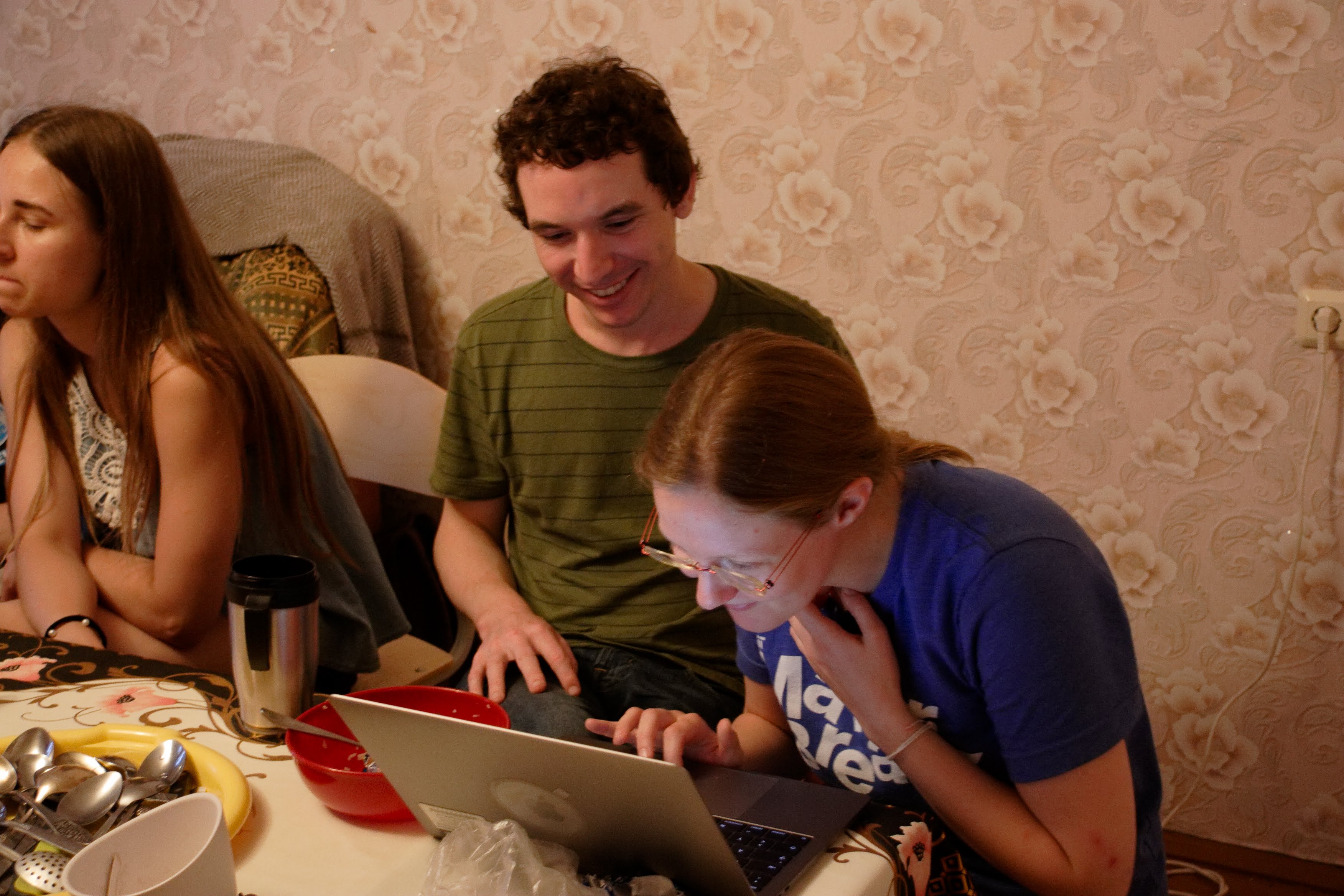Speaker: Bruna Karla Pereira (UFVJM)
Title: Silent nouns and gender agreement in Brazilian Portuguese copular sentences
Time: Tuesday, December 1st, 1pm - 2pm
Abstract: This work in progress investigates nominal agreement in sentences such as (1), in Brazilian Portuguese (BP), where the subject is feminine whereas the adjective, in the predicate position, is masculine. While current proposals (Rodrigues and Foltran 2013, 2014, and 2015, Conto 2016, Siqueira 2017, and Martin et al. 2020) focus on the “disagreement” between the subject and the adjective, I argue that there is agreement between the adjective and a silent noun, in the internal structure of the post-copula DP. This proposal is coherent with a broader project on constructions with apparent mismatch of agreement in BP (Pereira 2016a, 2016b, 2017, and 2018).
(1) Moto é perigoso. (Family conversation, Belo Horizonte, 11/19/2020)
Motorcycle-FEM.SG is dangerous-MASC.SG
A motorcycle is dangerous.
Kayne (2005, 2019), Pesetsky (2013), and Höhn (2016) consider the existence of a null category to account for the apparent mismatch of agreement, respectively, in number in Italian and French, in gender in Russian, and in person in Spanish and Greek. Likewise, I assume that a pronominal null category, in the DP predicate, triggers the gender agreement in sentences like (1). Therefore, the predicate of the copular sentence is not simply an adjective, but a DP made up with an indefinite null pronoun (algo ‘something’) plus an adjective, as observed in (2) and (3). This silent (pro)noun bears masculine gender features (and singular number) and triggers agreement in gender with the adjective. In this operation (Pesetsky and Torrego 2007), the adjective (probe), containing uninterpretable gender features, becomes valued [uF val] via agreement with the silent noun algo (goal), containing interpretable and valued gender features [iF val].
(2) Moto é [DP (ALGO) perigoso ].
Motorcycle-FEM.SG is (SOMETHING) dangerous-MASC.SG
A motorcycle is (something) dangerous.
(3) [DP D [AgrP (ALGOMASC)i Agr [AP perigosoMASC A [NP ti]]]].
In sum, this analysis demonstrates that there is no “disagreement”, in the copular sentences at stake, but agreement between the adjective and a silent noun, in the internal structure of the post-copula DP.







